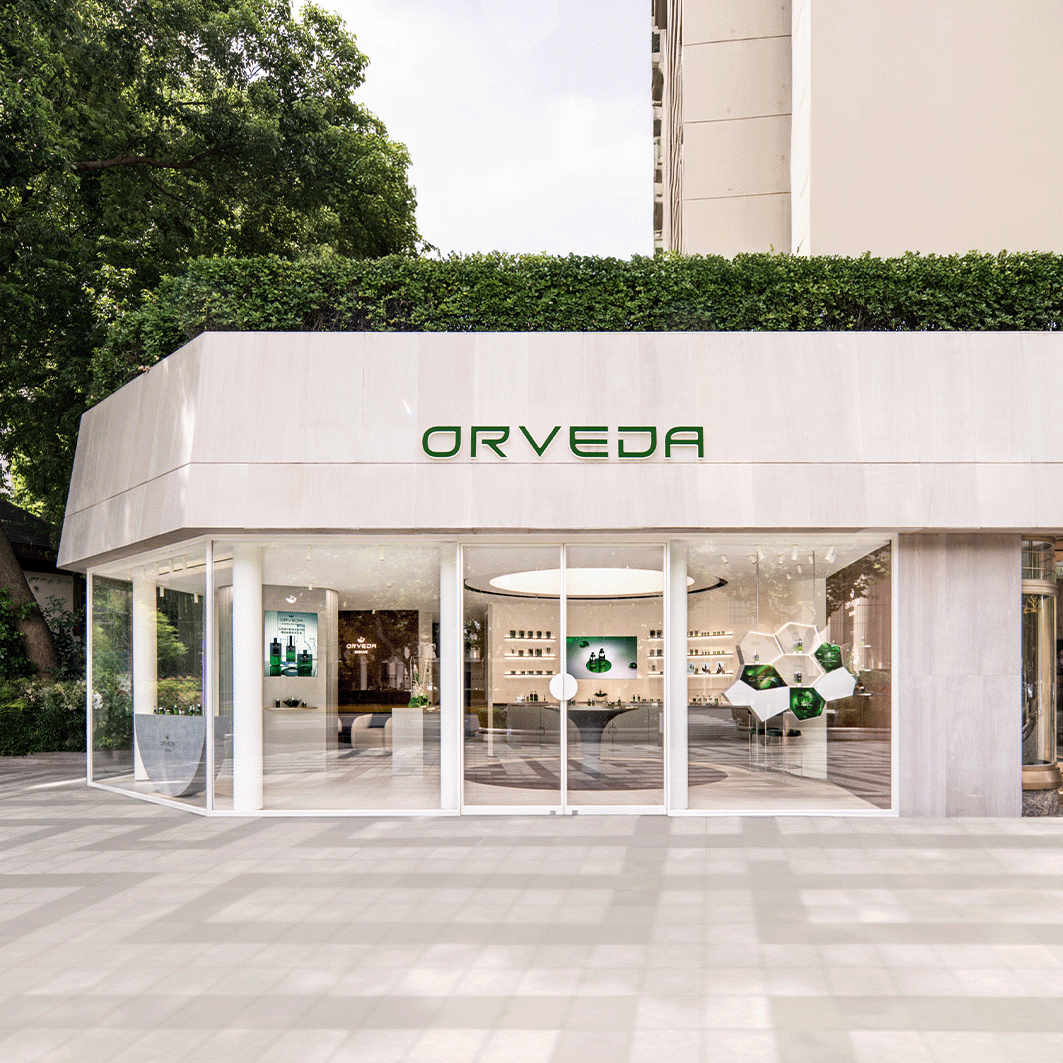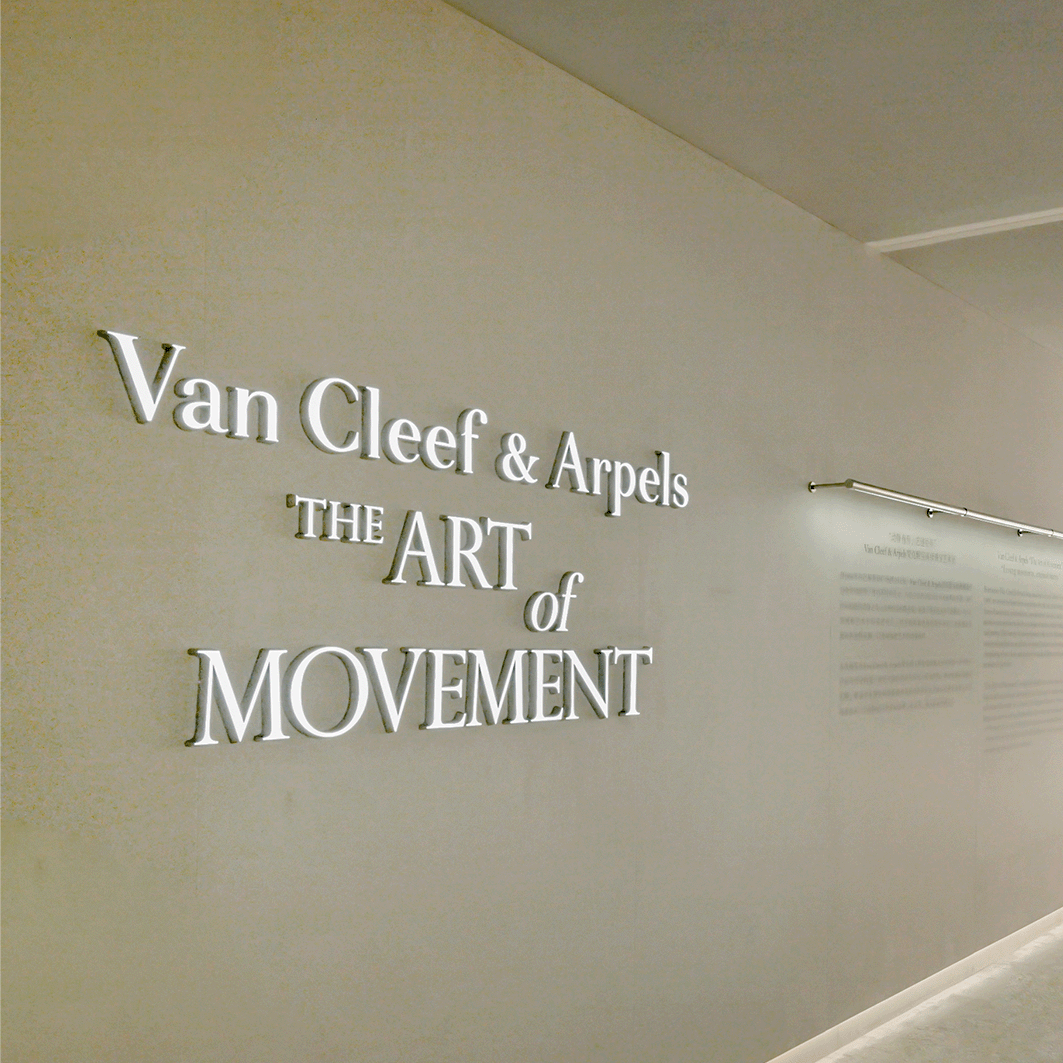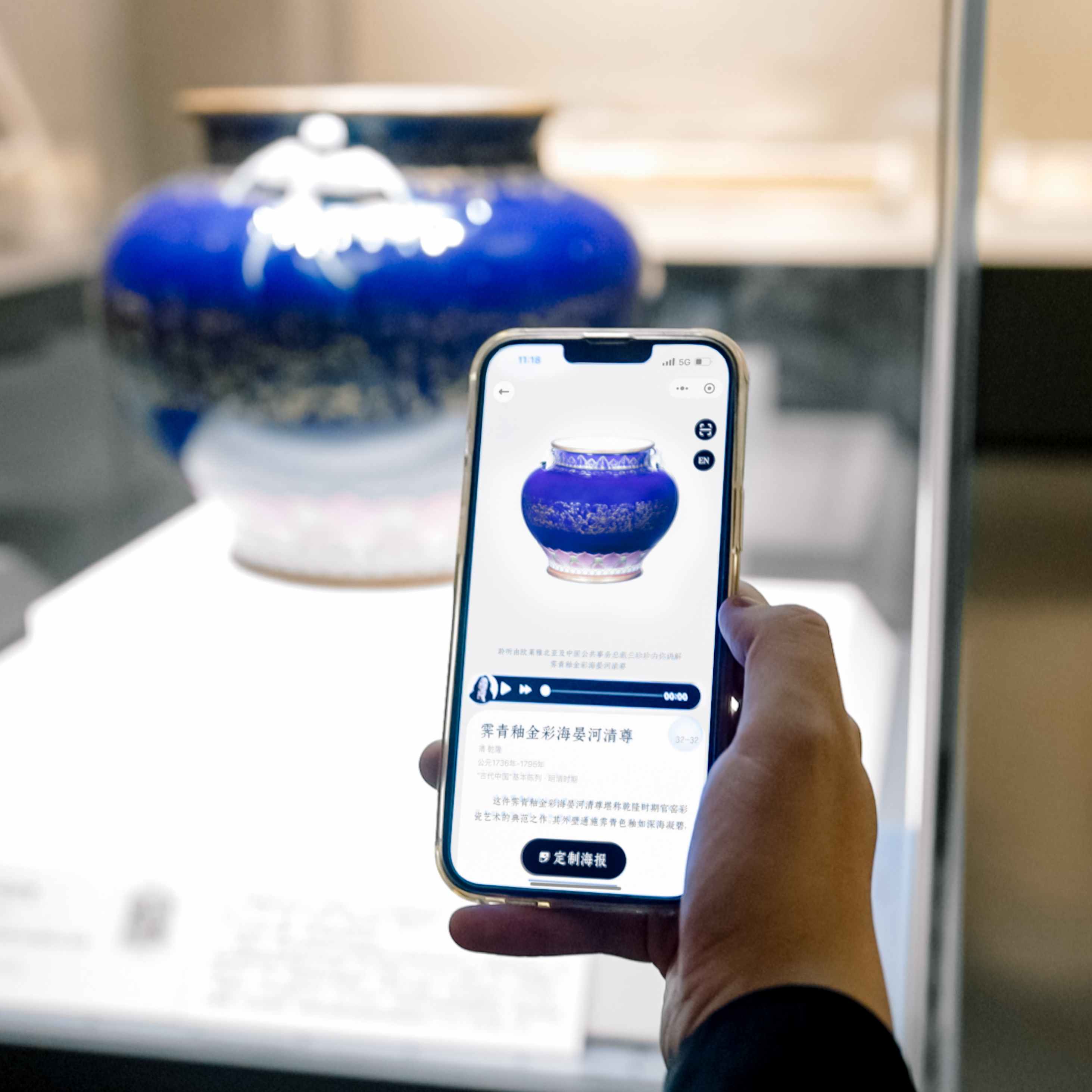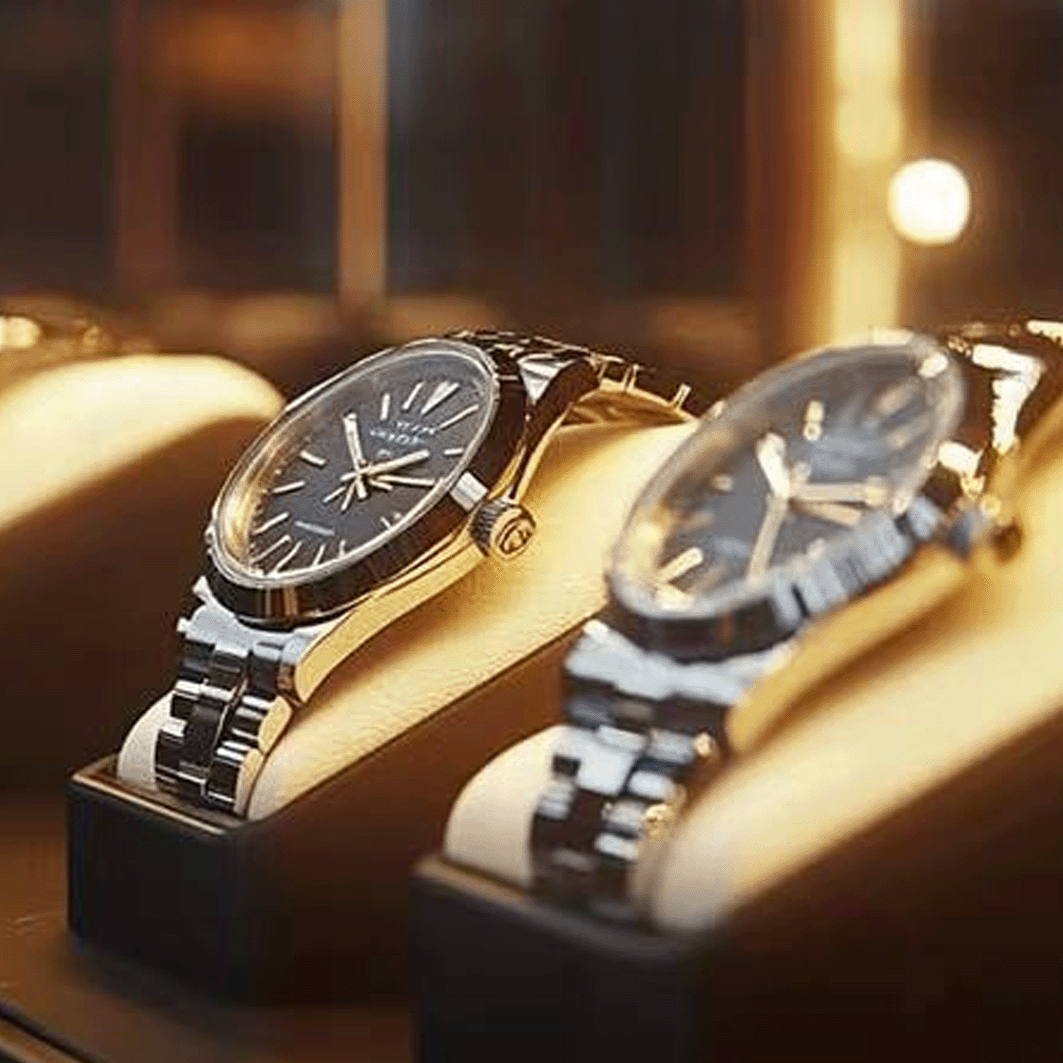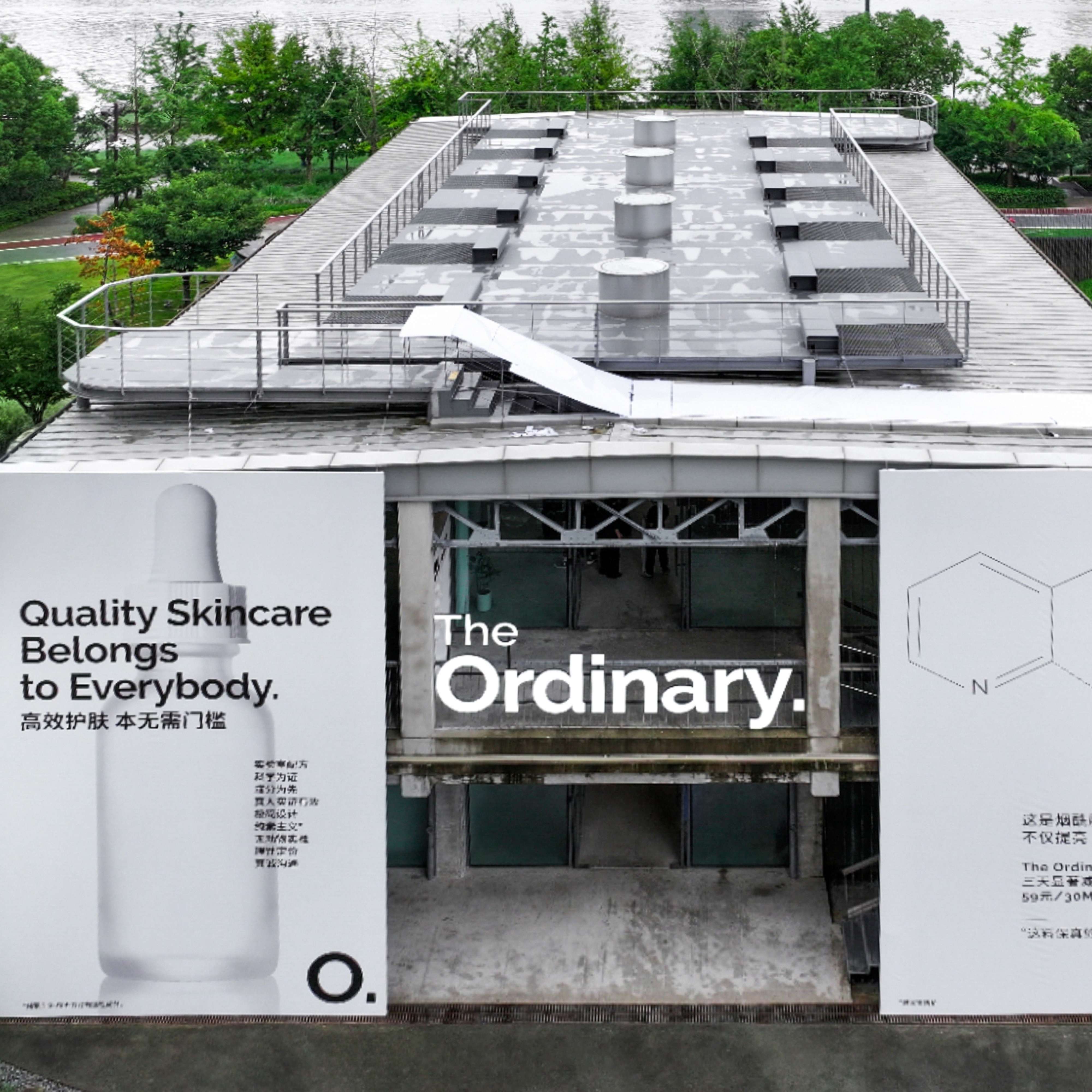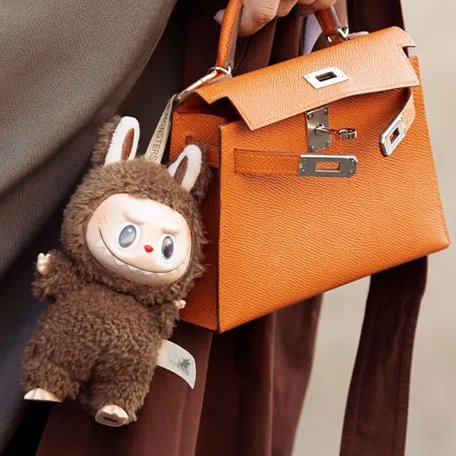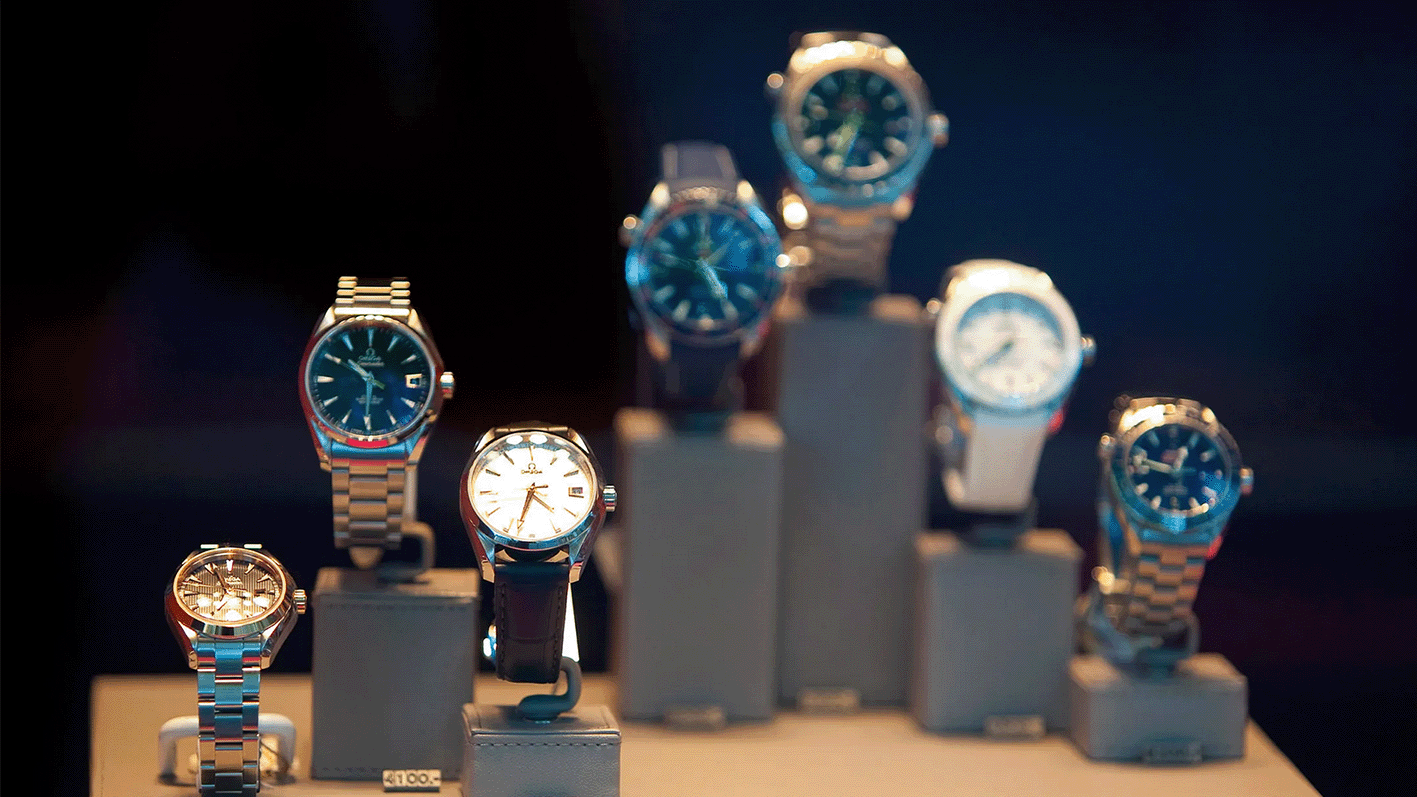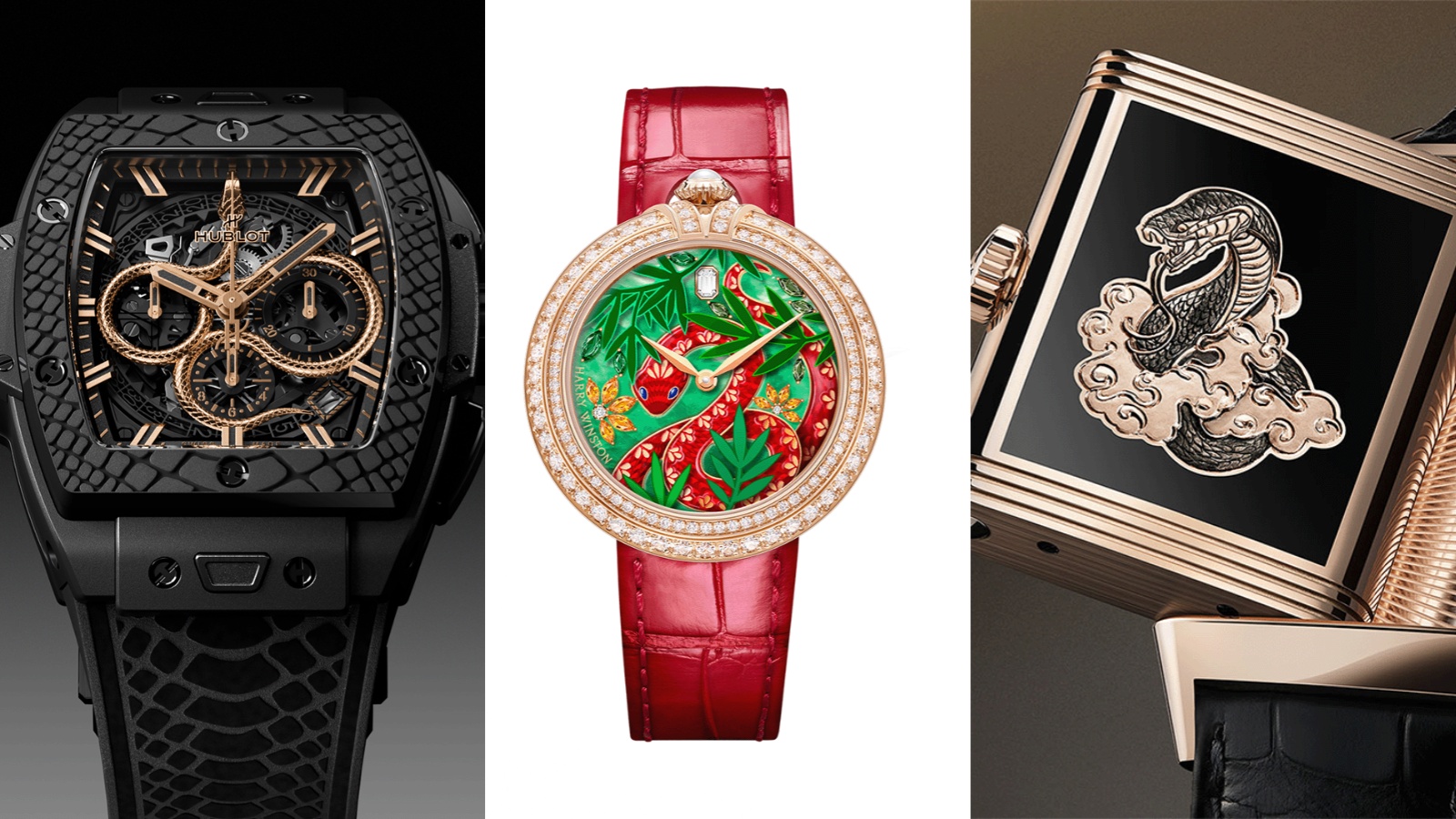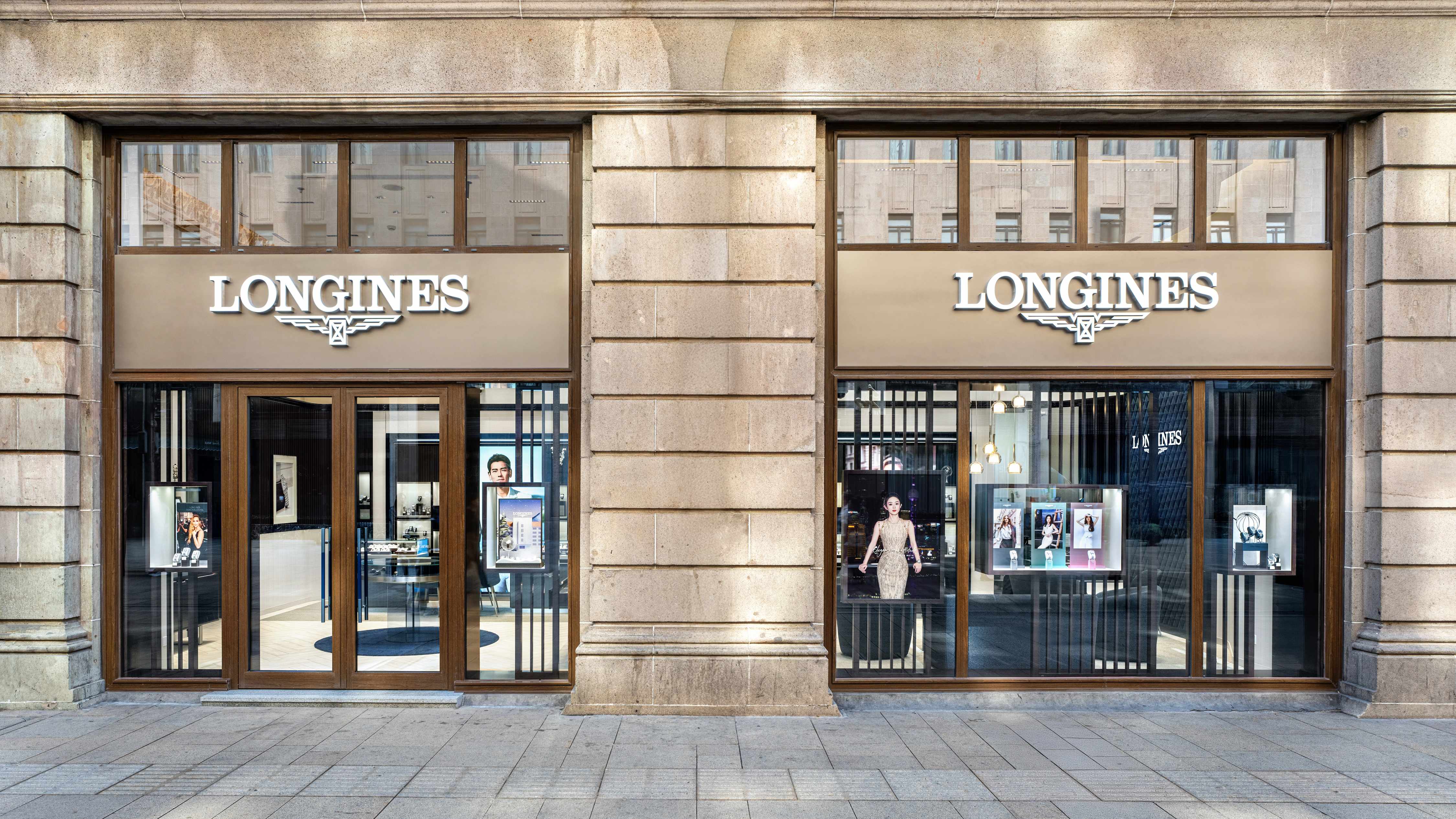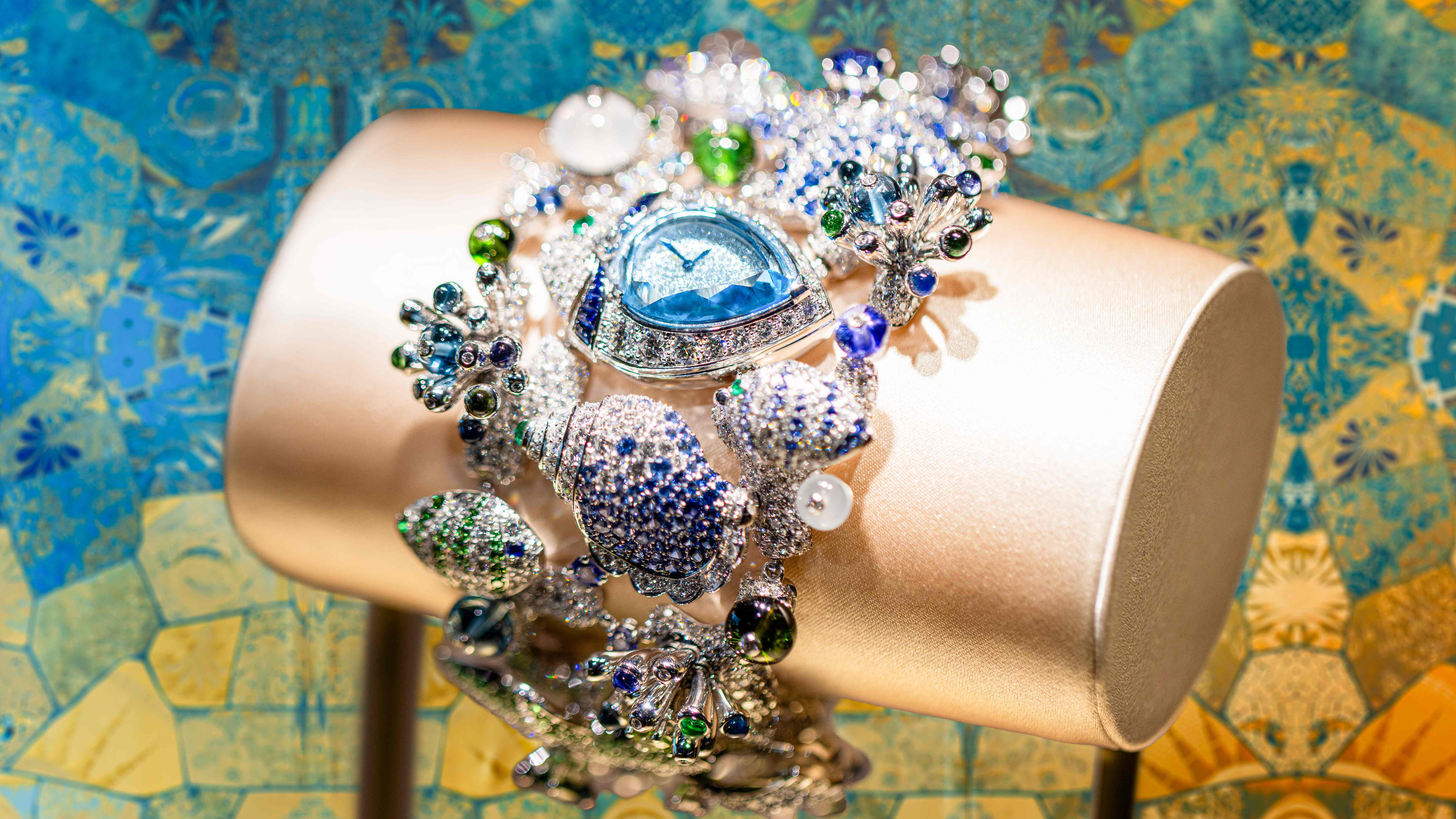- FEATURE
- |
- MERGERS & ACQUISITIONS
- |
- FINANCIAL
- |
- MARKETING
- |
- RETAIL
- |
- ESG-SUSTAINABILITY
- |
- LIFESTYLE
- |
-
MORE

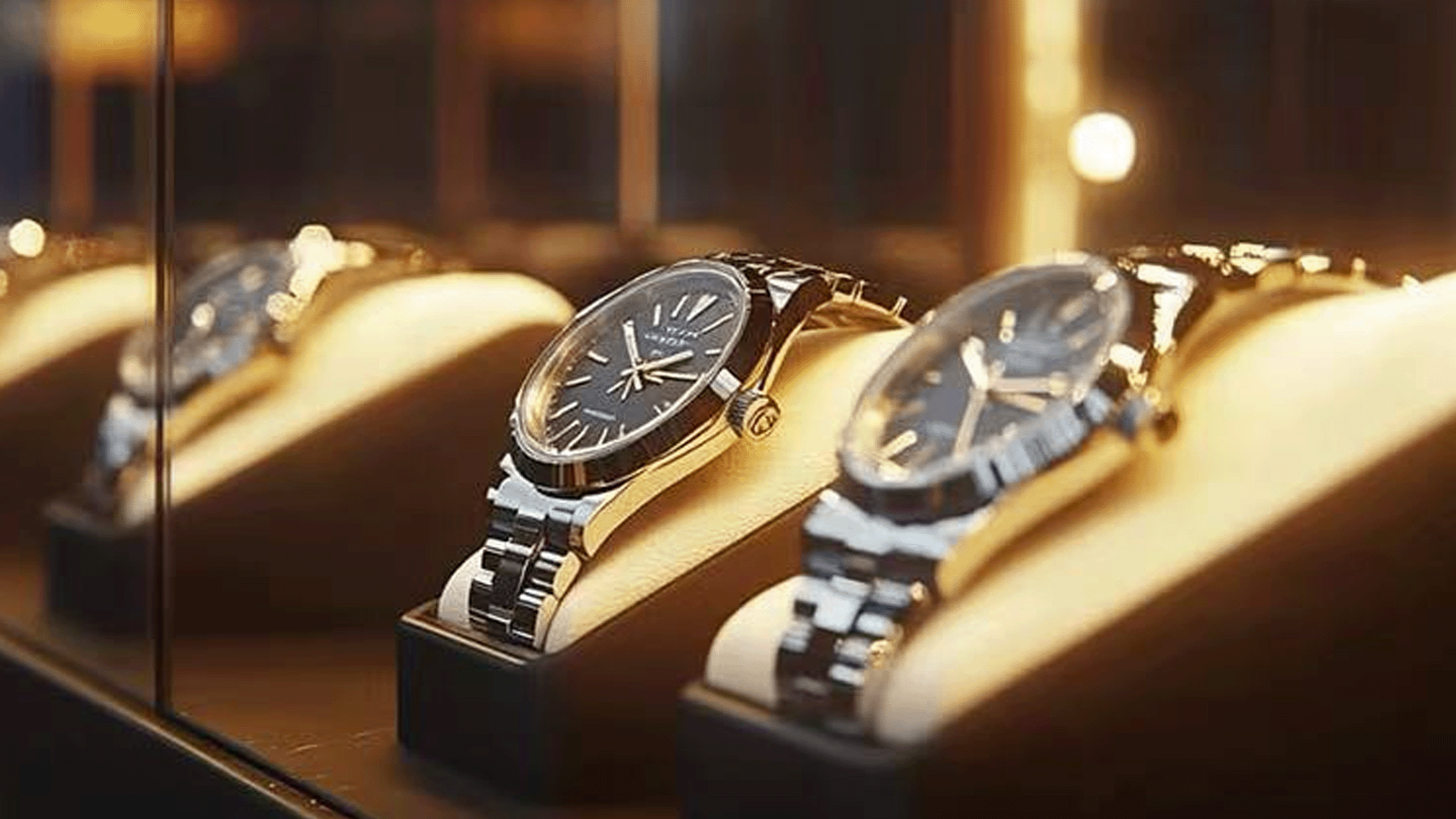
“Strong in jewelry, weak in watches”—a phrase that’s been repeated so often this year it’s become almost cliché. And yet, it continues to ring true. Richemont’s latest financial results offer no sign of reversal. In fact, they reinforce a persistent imbalance in the hard luxury world. That’s precisely why it’s worth reexamining: because acknowledging a repeated truth is often the starting point for change.
Richemont’s Q1 FY2026 report, covering the period through June 30, delivers a snapshot of the global hard luxury market in the first half of 2025. Group sales rose 6% year-on-year to €5.4 billion (3% at actual exchange rates). Unsurprisingly, its high jewelry division—home to Cartier and Van Cleef & Arpels—led the charge, growing 11% year-on-year and accounting for over 70% of total revenue.

By contrast, Richemont’s Specialist Watchmakers division saw sales drop 7% to €824 million, despite an improvement from the 10% decline in the previous quarter. The group attributed this softness to waning demand in China and greater Asia, and the high base effect in Japan.
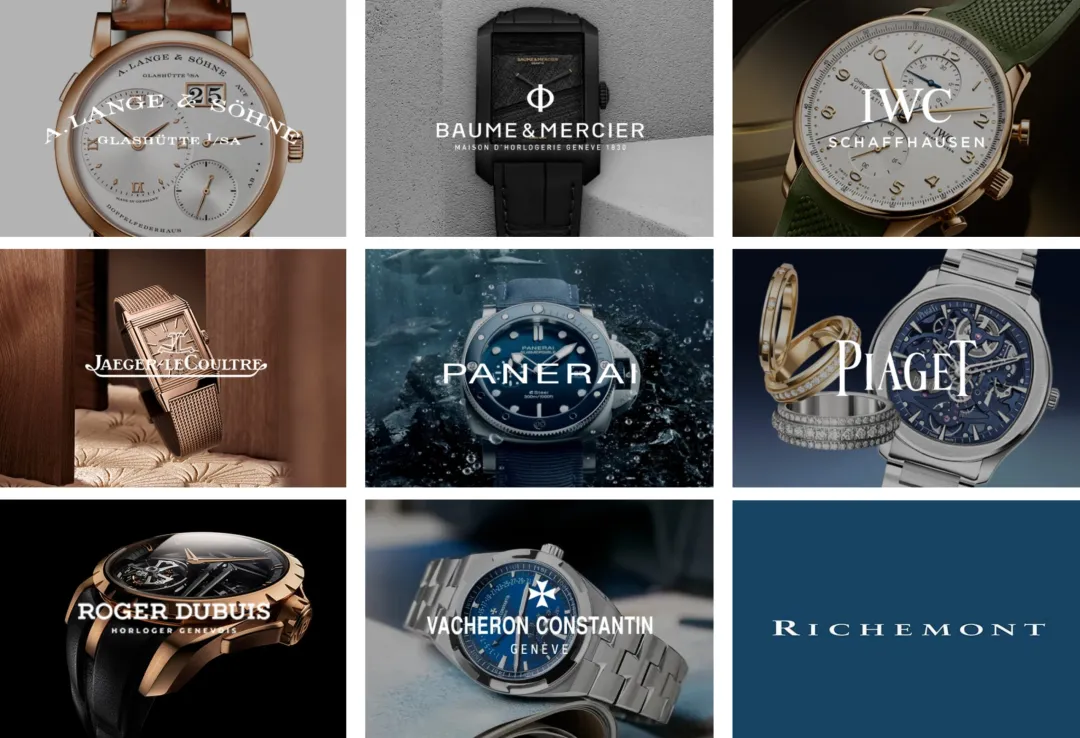
While fashion and accessories brands under Richemont saw a modest 1% dip overall, Alaïa and Chloé still posted positive results.
Geographically, Richemont saw double-digit growth across Europe, the Americas, and the Middle East. But the Asia-Pacific region remained flat—held back by continued weakness in China. In Japan, where a strong yen deterred inbound shoppers, sales fell 15% despite stable local demand.
<

